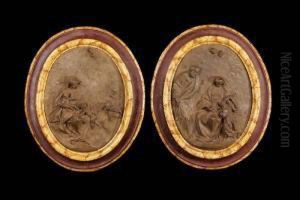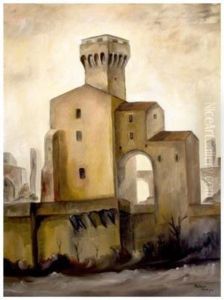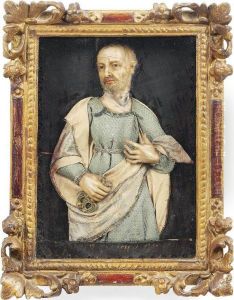Angelo Gabriello Pio Paintings
Angelo Gabriello Pio was a Baroque painter who lived and worked primarily in Italy during the late 17th and early 18th centuries. Born in 1666, Pio was a part of the vibrant artistic scene that characterized this period in Italian art history. He is less well-known than some of his contemporaries, and as a result, details about his life and training are somewhat scarce, but it is understood that he contributed to the rich tapestry of Baroque art with his own unique style and thematic preferences.
Pio's works are characterized by the dramatic use of light and shadow, a hallmark of the Baroque period, as well as a rich color palette and a focus on religious and mythological subjects. His paintings often featured dynamic compositions and an attention to detail that brought both emotion and realism to the scenes he portrayed.
Throughout his career, Angelo Gabriello Pio received commissions from religious institutions, which was common for artists of his time. He created altarpieces and frescoes for churches, which were appreciated for their devotional intensity and their ability to engage the viewer. Despite the acclaim he might have received during his lifetime, Pio did not achieve the lasting fame of artists like Caravaggio or Bernini, and as a result, his works are less prominent in art historical discourse.
Pio's death in 1720 marked the end of a career that had contributed to the cultural richness of the Baroque period. Although his name might not be immediately recognized today, Angelo Gabriello Pio's art remains an example of the period's aesthetic and continues to be of interest to art historians and collectors who are passionate about the era.


